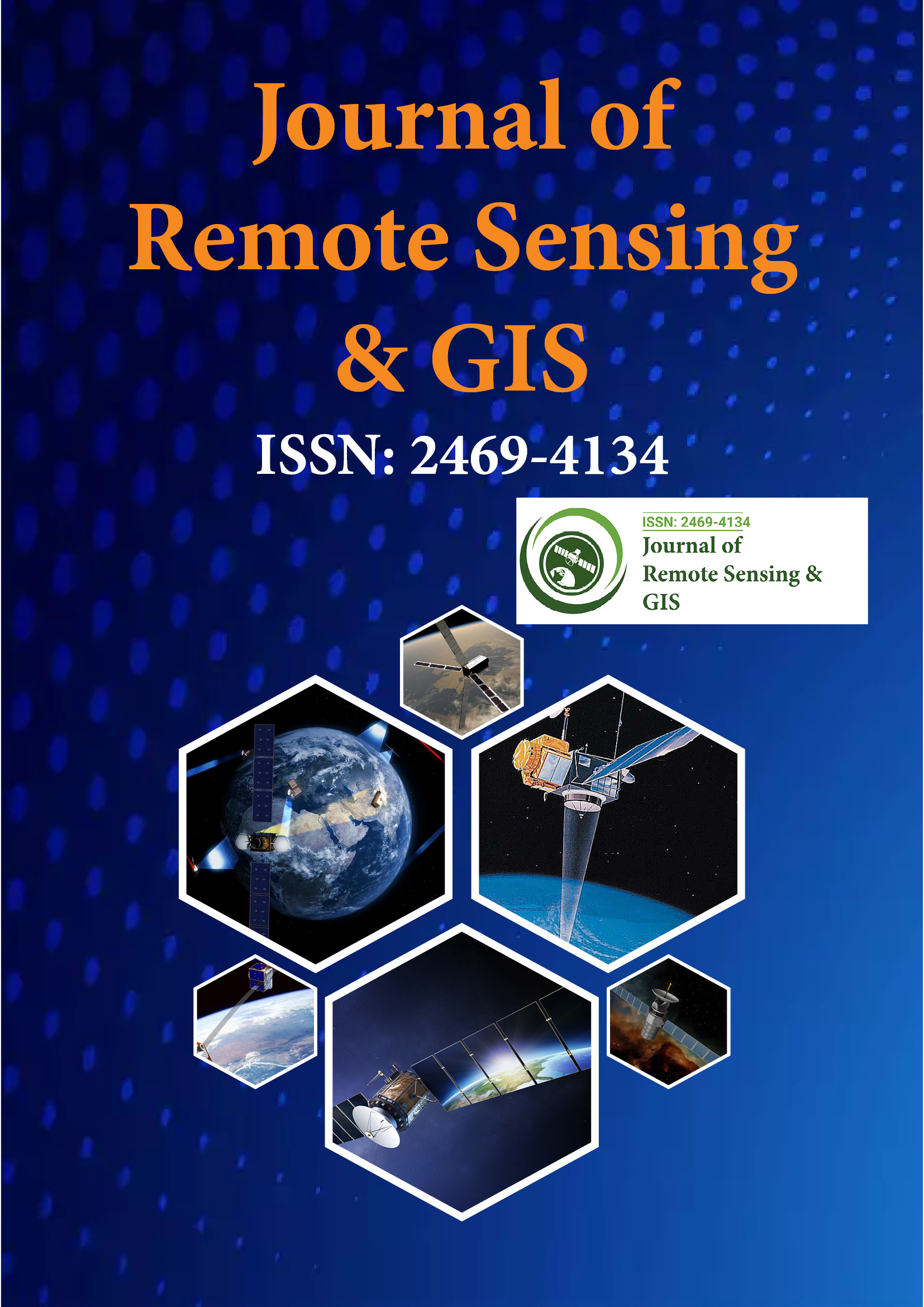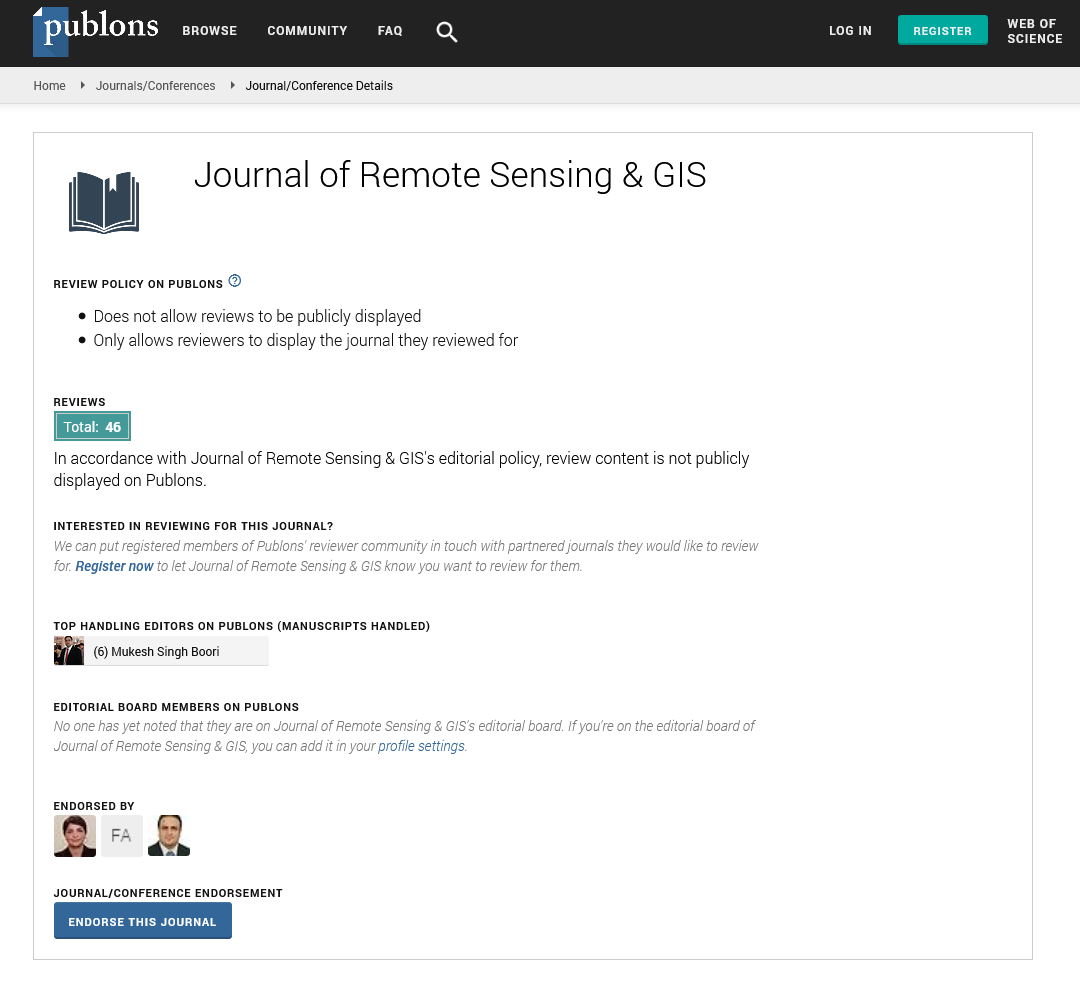Indexed In
- Open J Gate
- RefSeek
- Hamdard University
- EBSCO A-Z
- OCLC- WorldCat
- Publons
- International Scientific Indexing
- Euro Pub
- Google Scholar
Useful Links
Share This Page
Journal Flyer

Open Access Journals
- Agri and Aquaculture
- Biochemistry
- Bioinformatics & Systems Biology
- Business & Management
- Chemistry
- Clinical Sciences
- Engineering
- Food & Nutrition
- General Science
- Genetics & Molecular Biology
- Immunology & Microbiology
- Medical Sciences
- Neuroscience & Psychology
- Nursing & Health Care
- Pharmaceutical Sciences
Possible applications of remote sensing, GIS and GPS in drone-protected urban environments; safety, security and privacy
2nd International Conference on GIS and Remote Sensing
October 02-03, 2017 Vienna, Austria
Negin Minaei, Arash Ahmadi & Mehrdad Saif
University of Windsor, Canada
Posters & Accepted Abstracts: J Remote Sensing & GIS
Abstract:
With the rapid increase in the number of flying objects in cities such as Unmanned Aerial Vehicles (UAV) also known as drones and new personal transport modes including Autonomous Aerial Vehicles (AAV), concerns regarding their operation in the sky, risks for public safety, threats to people, properties, privacy, security and possibly environmental burdens have risen. Literature on UAVs have looked at drones from politics, military, law and social justice perspective. However, interaction of UAVs with the natural and built environment from planning and design perspective has been looked at in few studies and that requires urban planners and designers to have a projection for the future urban airspace in cities and see UAVs and AAVs as new mobile objects in urban skies demanding plans for their reasonable interaction with people and urban space via policies, regulations, standards and smart technologies and intelligent infrastructure. This paper reviews drone applications, opportunities and concerns in built environments, current regulations and approaches taken by authoritiesand suggested solutions by other researcjers to create a safe sky for citizens, and proposes possible and affordable policy and design solutions to geomatics professionals to employ for cities to ensure safety and security of urban airspace for citizens. The suggested solutions are to applied to the existing infrastructure in cities by application of remote sensing, GIS and GPS to create a platform to monitor, track and prevent unauthorised interactions of UAVs and AAVs in urban environemnts.

